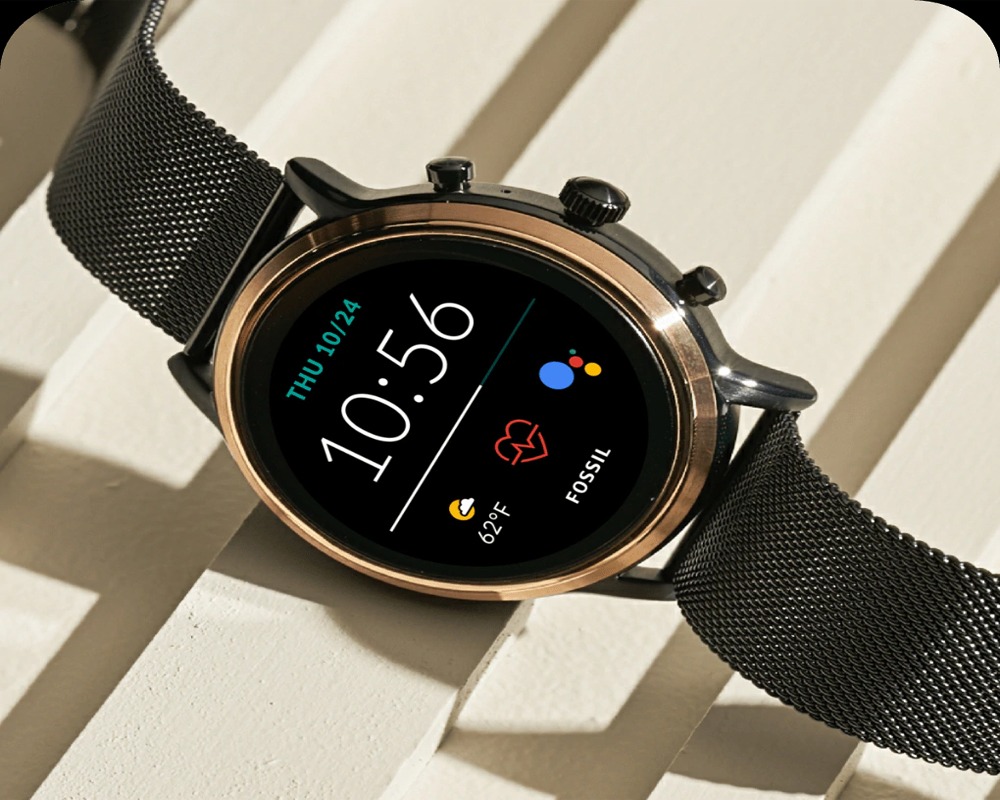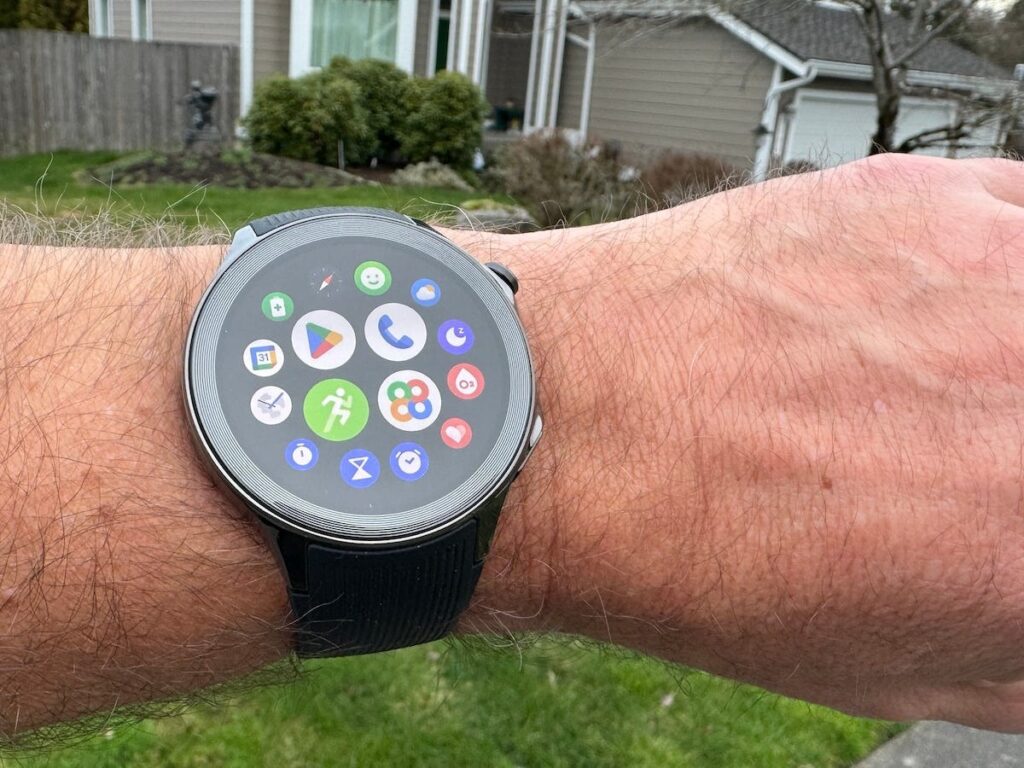Battery duration remains one of the most vexing technology challenges limiting the usefulness of always-on wearable devices like smartwatch. However, Google’s experimental concept watch showcased at a recent developer conference provides an exciting glimpse into a potential breakthrough doubling runtime through unique multi-chip architectural decisions.
Let’s explore the nuances behind the hybrid operating system approach, practical benefits extended operation unlocks and analyzes what it might mean for the quest liberating mobiles gadgets from daily charging worries as ambient computing dreams edge closer towards reality.
Splitting Tasks Across Specialized Watch Processors
The crux of Google’s battery optimization approach relies on splitting workloads across two different watch processors running separate operating system instantiations:
- Application Processor: Leveraging Wear OS, this higher performance chip handles demanding user applications when actively utilized while drawing more power.
- Co-Processor: A secondary low-power chip instead maintains background tasks like sensor monitoring and notifications using Google’s custom ambient computing platform.
This divided labor allows precisely attuning component selection and algorithms towards specialized use cases otherwise challenging consolidating into a solitary system.

The Promise of Weeklong Wearable Operation
So what user experience improvements directly result from the split architecture?
- Potential for up to week-long runtime by preserving battery for high intensity loads.
- Smoother responsiveness reacting to contextually relevant events like new messages or fitness milestone alerts.
- Enriches ambient computing ecosystem symbiosis with other Google devices and services by offloading burden.
All while maintaining the full Wear OS application catalog benefits Google’s industry collaborations unlocked.
Overcoming the Engineering Challenges Presented
However, substantial software and hardware design intricacies arise architecting this system duality:
- Strict Memory Budgeting & Scheduling: Strategically balancing workloads between processor pairs prevents resource contention bottlenecks.
- Data Sync Guardrails: Ensure user interface continuity as states oscillate across distinct OS environments.
- Fault Tolerance Considerations: Handle failover gracefully if either subsystem experiences service disruption or crashes.
But solutions overcoming these hurdles promise widespread impact beyond just wearables across phones, tablets and laptops.

Pondering the Outlook for Smartwatch Evolution
Regardless whether Google’s specific technical solution matures towards commercialization, the experimentation signals anticipating user frustrations before they happen represents the company’s strategic priority.
The days appear numbered where consumers compromise convenience tolerating half-day battery drain rates across devices central growing digital lifestyles. And that flexibility promises unlocking even more creative functionality and form factor innovations scarcely envisioned today.










Add Comment